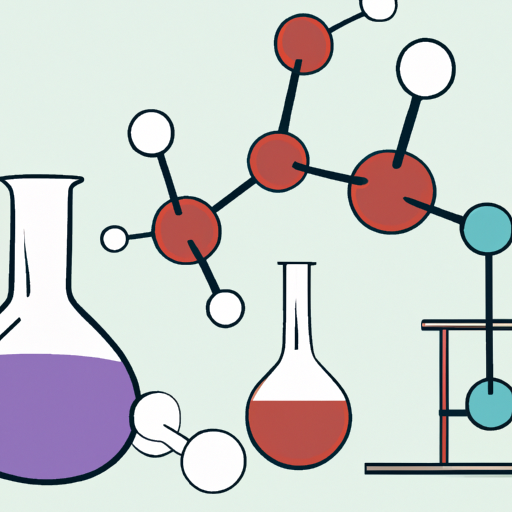
PCB board washing is a critical process in electronics manufacturing to ensure the cleanliness and reliability of printed circuit boards. The washing of PCBs removes flux residues, dust, and other contaminants that can impact the functionality and lifespan of the board. There are various methods for PCB board washing, including water-based, solvent-based, and semi-aqueous options. Water-based cleaning is eco-friendly but may require longer drying times, while solvent-based cleaning offers fast drying but can pose environmental concerns.
When selecting a PCB board washing method, manufacturers must consider factors such as the type of contaminants present, material compatibility, production volume, and regulatory requirements. It is essential to follow proper cleaning processes and use suitable cleaning agents to prevent damage to the board or components. Ultrasonic cleaning and spray-in-air techniques are commonly used for efficient and thorough cleaning.
Regular PCB board washing not only improves the board’s appearance but also enhances its performance and reliability. Clean boards lead to better soldering results, reduced risk of short circuits, and improved electrical conductivity. Proper cleaning procedures help meet industry standards for quality and reliability, ensuring that the PCBs meet stringent requirements for various applications, from consumer electronics to automotive and aerospace industries.
In conclusion, PCB board washing is a crucial step in electronics manufacturing that should not be overlooked. By implementing effective cleaning methods and adhering to best practices, manufacturers can produce high-quality PCBs that meet performance standards and customer expectations. A clean PCB is not just a visual standard; it is a mark of reliability and quality in modern electronics production.
